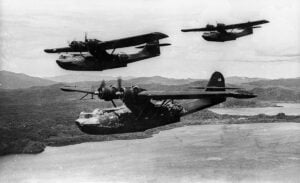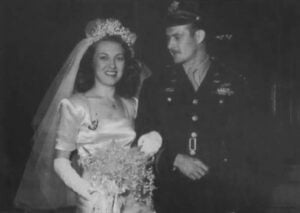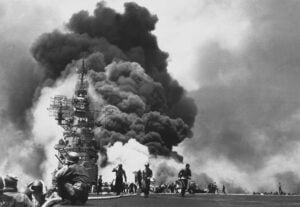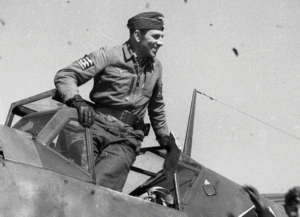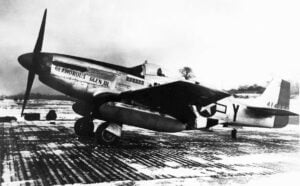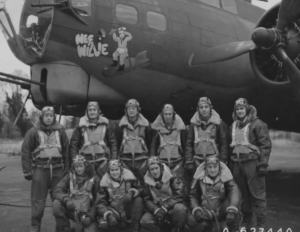How American F-4s Beat MiG-21s
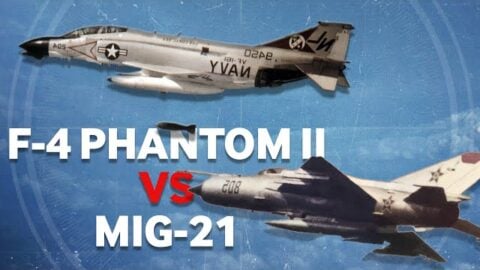
YouTube / Imperial War Museums
During the Vietnam War, the skies over Southeast Asia became the proving grounds for two legendary fighters: the Soviet-built MiG-21 and the American F-4 Phantom II. Their clashes weren’t just battles of machinery—but of tactics, training, and raw pilot skill. What unfolded was a brutal and unforgettable chapter in air combat history.
A War Fought in the Air
By the late stages of the Vietnam War, North Vietnam focused almost entirely on air interception. Lacking resources for extensive air-to-ground operations, they leaned heavily on Soviet and Chinese support—not just for aircraft, but for doctrine and tactics. What they got was a modest but lethal force of MiG-17s, MiG-19s, and eventually MiG-21s.
North Vietnam couldn’t hope to match American air power head-to-head. But they didn’t need to. Their strategy was to disrupt American dominance, force costly engagements, and exhaust the enemy. And for that, the MiG-21 was the perfect tool.
The Lightweight Interceptor
The MiG-21 was built for speed and agility. With a single Tumansky R-25 engine pushing out 9,000 pounds of thrust, it could launch fast, climb hard, engage, and break away. It was armed with 23mm cannons and air-to-air missiles, and above all, it was maneuverable—a formidable threat in a close-range dogfight.
The Heavy Hitter
The F-4 Phantom II was an entirely different beast. A twin-engine, multi-role aircraft, it could carry more ordnance than any MiG. Designed to intercept, bomb, and dogfight, it was a high-tech marvel—but one that wasn’t initially suited to tangle with nimble MiGs in close quarters.
When the war began, the Phantom’s shortcomings became apparent: it had no internal gun, limited visibility, and pilots were trained primarily for missile combat—not dogfighting. Early kill ratios reflected this gap.
A Training Revolution
Faced with mounting losses, the U.S. responded with a major overhaul in pilot training. The U.S. Navy created the Fighter Weapons School—Top Gun—in 1969, and the Air Force followed with its own advanced programs.
These schools rewrote the playbook. They taught pilots to fight smarter, emphasizing energy management, situational awareness, and countering Soviet-style tactics. Just as crucial, aircrews learned to operate the F-4 by instinct—flicking switches and adjusting controls without hesitation.
Victory Through Adaptation
With improved training and tactical coordination, American aircrews began to seize the initiative, hunting down MiGs before they could strike. The results were dramatic. Kill ratios soared—from an early 2:1 edge to an impressive 6:1 by the war’s end.
Legacy of the Skies
The F-4 Phantom and MiG-21 went on to serve in numerous conflicts worldwide, but it was over Vietnam that their legends were truly forged. These dogfights taught invaluable lessons—about the limits of technology, the value of training, and the unforgiving nature of air combat.
Today, their battles remain a defining moment in the evolution of aerial warfare.














